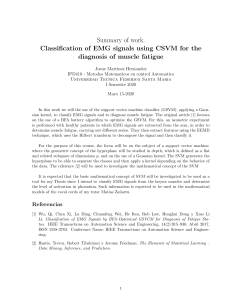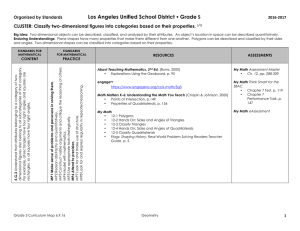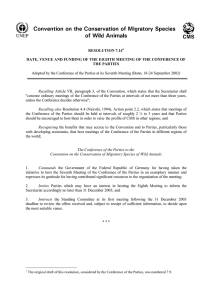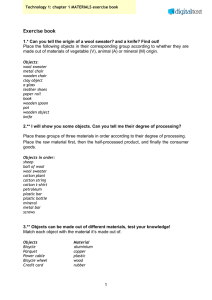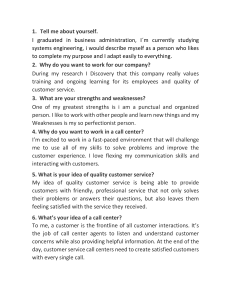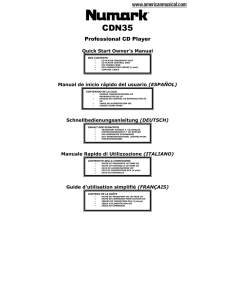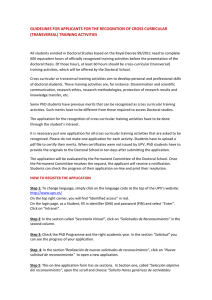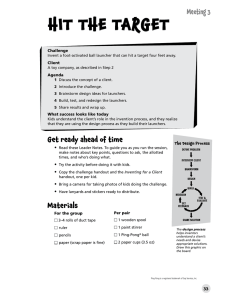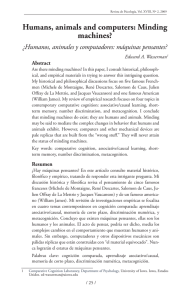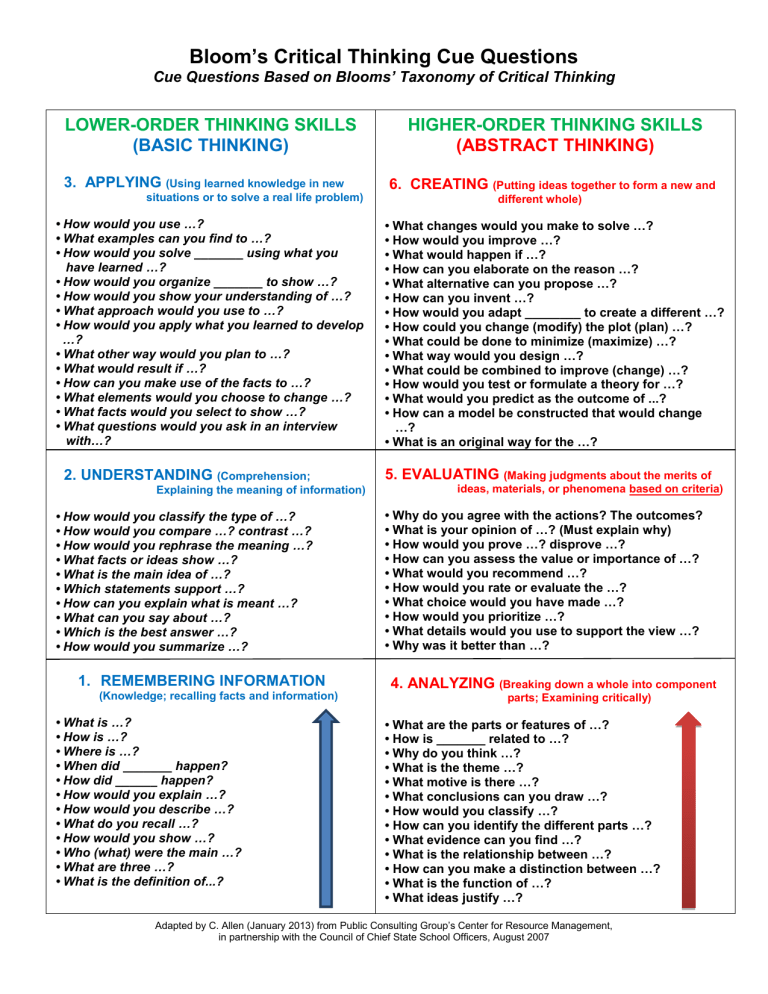
Bloom’s Critical Thinking Cue Questions Cue Questions Based on Blooms’ Taxonomy of Critical Thinking LOWER-ORDER THINKING SKILLS (BASIC THINKING) 3. APPLYING (Using learned knowledge in new situations or to solve a real life problem) • How would you use …? • What examples can you find to …? • How would you solve _______ using what you have learned …? • How would you organize _______ to show …? • How would you show your understanding of …? • What approach would you use to …? • How would you apply what you learned to develop …? • What other way would you plan to …? • What would result if …? • How can you make use of the facts to …? • What elements would you choose to change …? • What facts would you select to show …? • What questions would you ask in an interview with…? 2. UNDERSTANDING (Comprehension; Explaining the meaning of information) • How would you classify the type of …? • How would you compare …? contrast …? • How would you rephrase the meaning …? • What facts or ideas show …? • What is the main idea of …? • Which statements support …? • How can you explain what is meant …? • What can you say about …? • Which is the best answer …? • How would you summarize …? 1. REMEMBERING INFORMATION (Knowledge; recalling facts and information) • What is …? • How is …? • Where is …? • When did _______ happen? • How did ______ happen? • How would you explain …? • How would you describe …? • What do you recall …? • How would you show …? • Who (what) were the main …? • What are three …? • What is the definition of...? HIGHER-ORDER THINKING SKILLS (ABSTRACT THINKING) 6. CREATING (Putting ideas together to form a new and different whole) • What changes would you make to solve …? • How would you improve …? • What would happen if …? • How can you elaborate on the reason …? • What alternative can you propose …? • How can you invent …? • How would you adapt ________ to create a different …? • How could you change (modify) the plot (plan) …? • What could be done to minimize (maximize) …? • What way would you design …? • What could be combined to improve (change) …? • How would you test or formulate a theory for …? • What would you predict as the outcome of ...? • How can a model be constructed that would change …? • What is an original way for the …? 5. EVALUATING (Making judgments about the merits of ideas, materials, or phenomena based on criteria) • Why do you agree with the actions? The outcomes? • What is your opinion of …? (Must explain why) • How would you prove …? disprove …? • How can you assess the value or importance of …? • What would you recommend …? • How would you rate or evaluate the …? • What choice would you have made …? • How would you prioritize …? • What details would you use to support the view …? • Why was it better than …? 4. ANALYZING (Breaking down a whole into component parts; Examining critically) • What are the parts or features of …? • How is _______ related to …? • Why do you think …? • What is the theme …? • What motive is there …? • What conclusions can you draw …? • How would you classify …? • How can you identify the different parts …? • What evidence can you find …? • What is the relationship between …? • How can you make a distinction between …? • What is the function of …? • What ideas justify …? Adapted by C. Allen (January 2013) from Public Consulting Group’s Center for Resource Management, in partnership with the Council of Chief State School Officers, August 2007
